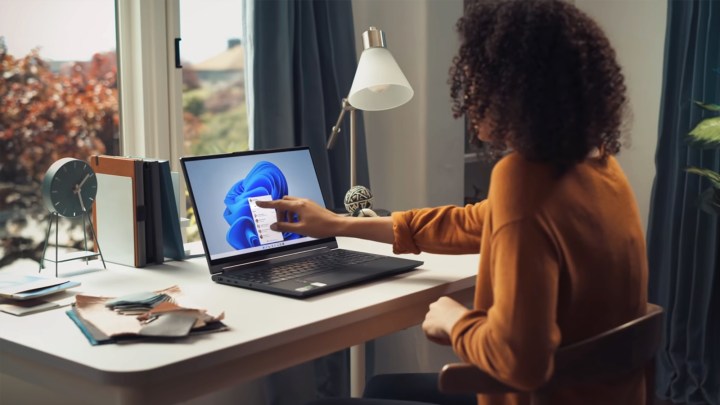After months of stagnation, Windows 11’s adoption rate is finally ramping up, according to a recent report from AdDuplex, a cross-promotional advertising network that many apps and games use. The latest figures show that 23.1% of the PCs in the sample are running Windows 11. That is a significant jump from a similar report in April that found only 19.4% had Microsoft’s latest operating system installed.

AdDuplex usually provides monthly updates and since February, adoption seemed to have plateaued with Windows 11 being installed on fewer than one in five PCs according to the available data. To be precise, the Window 11 adoption was at 19.3% in February and climbed only a tenth of a percent by April to 19.4%. A report is not available for May but June finally revealed some movement again.
It has been nearly 9 months since Windows 11 officially launched with preview and beta versions available even longer, so reaching only 23.1% in that period is somewhat slow but this could be a turning point. Windows 10 adoption reached 38% in one year. So far, Windows 11 installations have not been increasing at that pace; however, that is likely to change.

Part of the issue with updating to the newest operating system has to do with Windows 11’s minimum system requirements, which are stricter than previous upgrades. As more people upgrade to new Windows laptops and desktops, the pace of Windows 11 adoption will increase, since newer computers are more likely to be compatible. In fact, the latest PCs already come with Windows 11 installed.
While Windows 11 might not be as popular as Windows 10, it will likely overtake Windows 7 soon, finally removing that somewhat embarrassing reminder of how unpopular Windows 8 was.



